SLVSB84D May 2012 – April 2021 TPS54526
PRODUCTION DATA
- 1 Features
- 2 Applications
- 3 Description
- 4 Revision History
- 5 Pin Configuration and Functions
- 6 Specifications
- 7 Detailed Description
- 8 Application and Implementation
- 9 Power Supply Recommendations
- 10Layout
- 11Device and Documentation Support
- 12Mechanical, Packaging, and Orderable Information
Package Options
Mechanical Data (Package|Pins)
Thermal pad, mechanical data (Package|Pins)
- RSA|16
Orderable Information
8.2.3 Application Curve
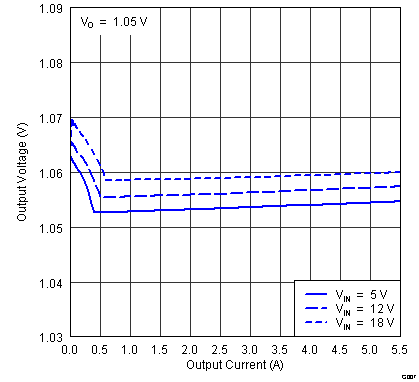 Figure 8-2 1.05V Output Voltage vs Output Current
Figure 8-2 1.05V Output Voltage vs Output Current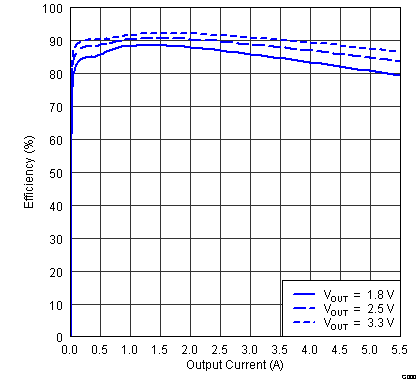 Figure 8-4 Efficiency vs Output Current
Figure 8-4 Efficiency vs Output Current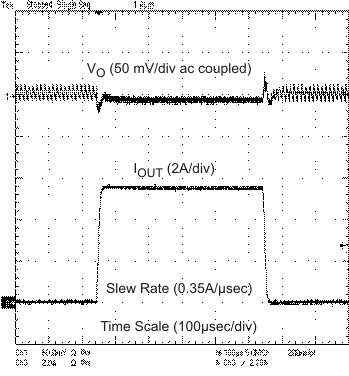
| 1.05 V | 50 mA to 5.5 A |
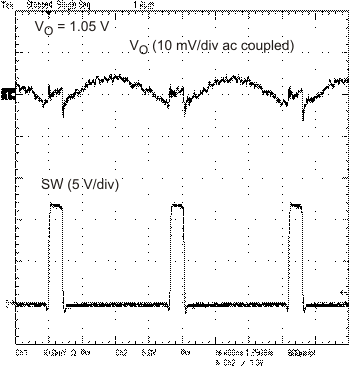
| IO= 5.5A |
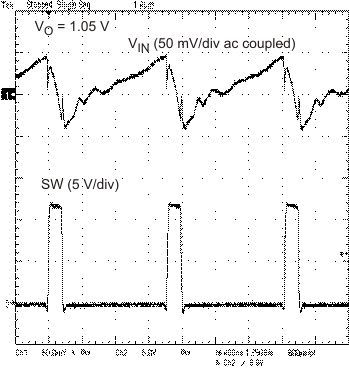
| IO= 5.5A |
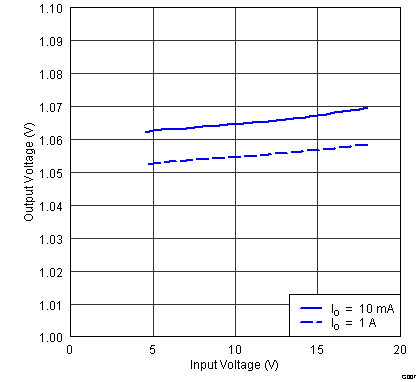 Figure 8-3 1.05V Output Voltage vs Input Voltage
Figure 8-3 1.05V Output Voltage vs Input Voltage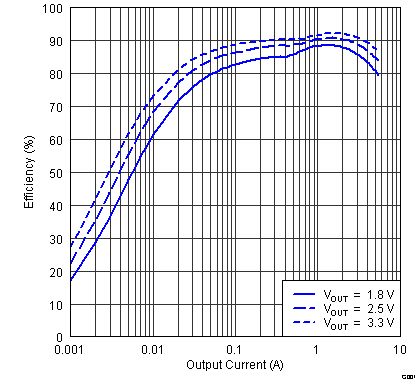 Figure 8-5 Light Load Efficiency vs Output Current
Figure 8-5 Light Load Efficiency vs Output Current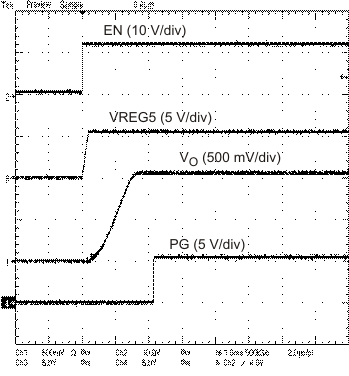 Figure 8-7 Startup Waveform
Figure 8-7 Startup Waveform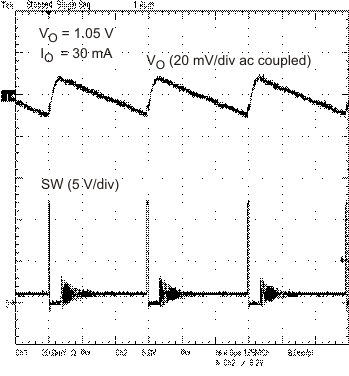
| IO = 30 mA |